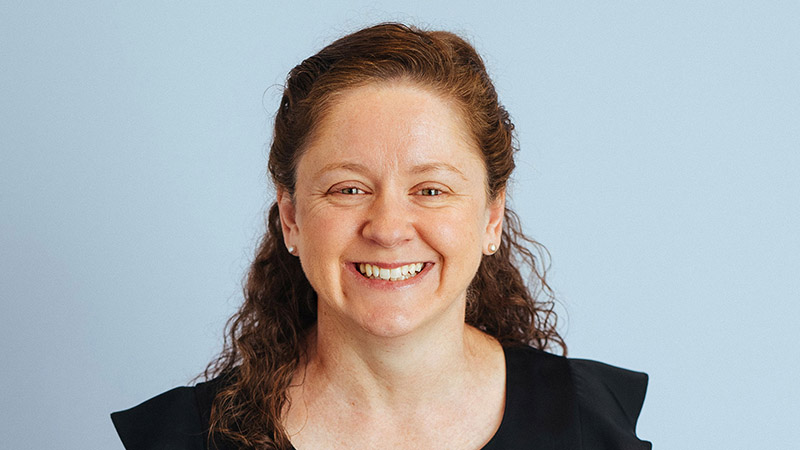Critical considerations highlighted with timing of death benefits
Where the payment of death benefits takes longer than six months, it is important that there are valid reasons for this delay and that they are well documented, says an SMSF specialist.
Heffron head of SMSF technical and education services Lyn Formica explained that while death benefits need to be dealt with as soon as practicable, what this means exactly will depend on the circumstances of your client and their superannuation fund.
“Many non-SMSFs will find it relatively easy to make payment of a death benefit within only a few months if it is fairly straightforward to identify all the potential beneficiaries,” Ms Formica said.
“For SMSFs, the ATO’s general rule of thumb is that six months should be long enough to pay most lump-sum death benefits or get death benefit pensions in place. However, for many SMSFs, the process will take longer than six months.”
The important part, she said, is ensuring the SMSF trustee has valid reasons for any delay beyond six months which could include taking time to seek specialist advice or taking time to determine the validity of any death benefit nominations.
It is also vital that SMSF trustees document those reasons together with why they are still considered within the “as soon as practicable” time frame, she added.
“While it can take time to sell illiquid assets such as properties or investments in unlisted entities, SMSF trustees should bear in mind that they were required to consider the liquidity needs of the fund in the event of benefits needing to be paid when setting the fund’s investment strategy,” she noted.
“For this reason, we understand the ATO will generally not accept long delays in the payment of death benefits due to liquidity needs without other extenuating factors.”
For most SMSFs, Ms Formica said a lump-sum death benefit can be paid by transferring an asset directly to a beneficiary at its market value rather than making a cash payment.
“While this is not without its challenges, it is an option to consider if it is difficult or undesirable to sell the assets for some reason,” she said.
“Note that an in-specie transfer would be considered a disposal of the asset by the fund for capital gains tax purposes, and an acquisition of the asset by the beneficiary for stamp duty purposes — this means an in-specie transfer is generally not a way to avoid any such costs.”
Ms Formica will be speaking further on this topic and other death benefit issues at the upcoming Heffron Super Intensive Day.

Miranda Brownlee
Miranda Brownlee is the deputy editor of SMSF Adviser, which is the leading source of news, strategy and educational content for professionals working in the SMSF sector.
Since joining the team in 2014, Miranda has been responsible for breaking some of the biggest superannuation stories in Australia, and has reported extensively on technical strategy and legislative updates.
Miranda also has broad business and financial services reporting experience, having written for titles including Investor Daily, ifa and Accountants Daily.








